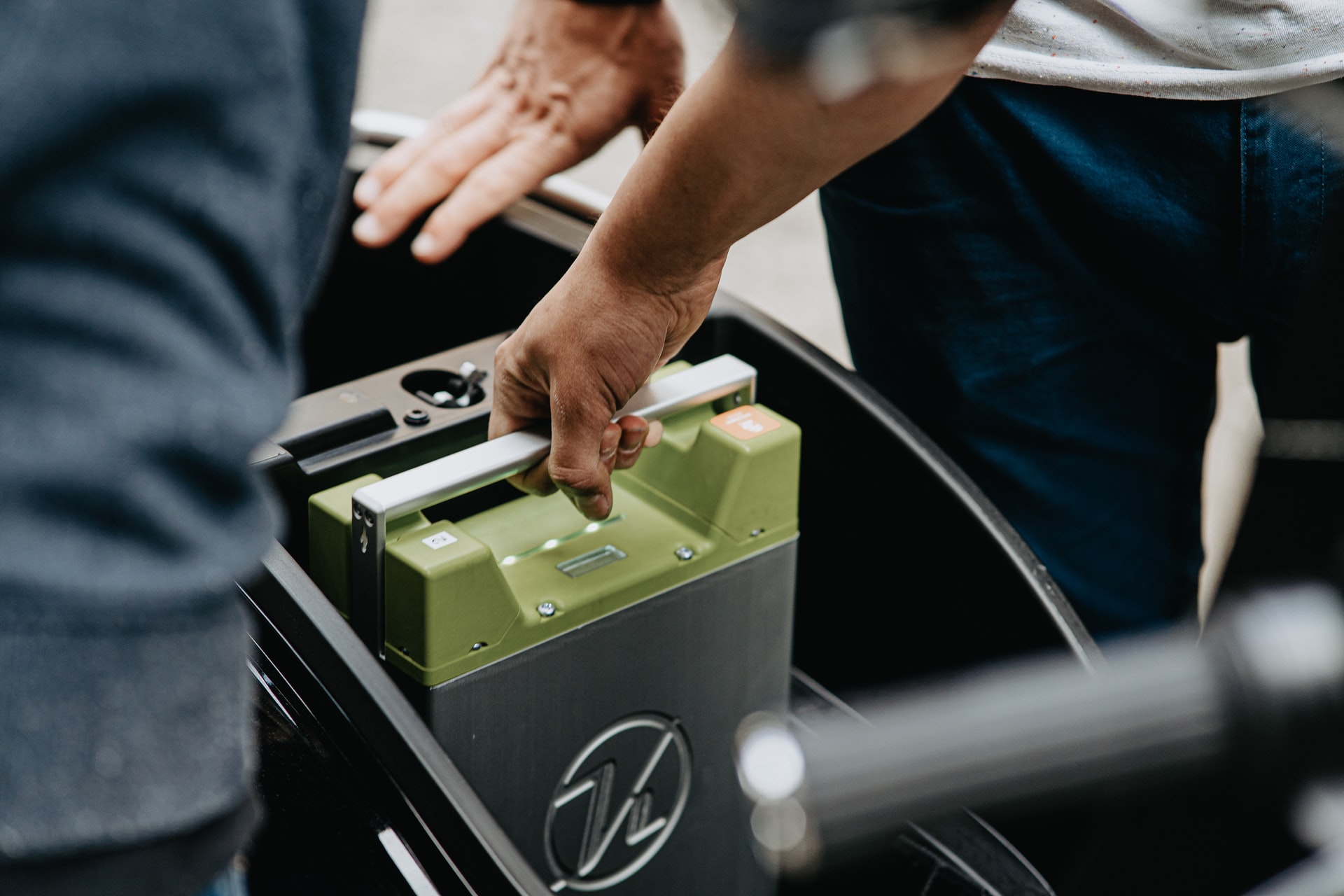Prismatic battery cells are the next big thing in the battery industry. They are flexible, high-performance cells that offer a lot of potential for future developments.
Prismatic cells are flexible, meaning they can be curved or bent without breaking. This makes them perfect for battery applications that need to be able to fit into small spaces or be flexible enough to be incorporated into other devices. They are also high-performance cells, meaning they can deliver a lot of power and are resistant to damage. This makes them a good choice for applications that need high levels of performance, such as electric vehicles or portable electronics.
Prismatic battery cells have the potential to revolutionize the battery industry. They are flexible and high-performance cells that offer a lot of potential for future developments.
The Prismatic Battery Consortium was created in an effort to advance the development of prismatic battery cells. The consortium is made up of leading battery companies and research institutions from around the world. Their goal is to improve the performance and flexibility of prismatic battery cells.
What are Prismatic Battery Cells?
Introduced in the early 1990s, Prismatic battery cells are a type of battery cell that uses a flexible polymer material to create an electrode. This allows the battery to be more flexible and more responsive to changes in the environment. The cells also have a higher discharge rate and a longer life than other types of battery cells.
These prismatic battery cells are flexible and have a high discharge rate, which makes them more responsive to changes in the environment. They also have a longer life than other types of battery cells.
How are they Different from Traditional Battery Cells?
Flexible, high-performance prismatic battery cells are different from traditional battery cells in a few ways. First, they are much more flexible than traditional battery cells, which allows them to be more compact and easier to manufacture.  Second, they have a higher capacity than traditional battery cells, which means they can hold more energy and provide longer-lasting power. Finally, prismatic battery cells are able to achieve a high discharge rate, which allows them to be used in devices that require quick response time.
Second, they have a higher capacity than traditional battery cells, which means they can hold more energy and provide longer-lasting power. Finally, prismatic battery cells are able to achieve a high discharge rate, which allows them to be used in devices that require quick response time.
What are the Benefits of using Prismatic Battery Cells?
Prismatic battery cells offer a number of benefits that make them a popular choice for electric vehicles and other applications. They are flexible, so they can be bent and squeezed to fit in tight spaces, and they are also highly durable, so they can take a lot of abuse. They also have a high performance, so they can deliver a lot of power without taking long to recharge.
What are the Limitations of Prismatic Battery Cells?
One limitation of prismatic battery cells is that they are not as efficient as traditional battery cells when it comes to converting energy into electrical output. This is because they have a higher discharge rate, which means they need to use more energy to produce the same amount of power. Additionally, prismatic battery cells have a shorter life than traditional battery cells, which means they will need to be replaced more frequently.
What Challenges Must be Overcome to Make Prismatic Battery Cells a Success?
The biggest challenge facing prismatic battery cells is that they are new technology and are not widely used yet. There are a few companies that are working on developing prismatic battery cells commercially, but it will likely take some time before they become mainstream.
Prismatic battery cells have a number of challenges that must be overcome if they are to become mainstream. First, they are more expensive than traditional battery cells, and they need to be developed in a way that makes them cost-effective. Second, they have a high discharge rate, which can make them less reliable in devices that require a slow response time. Third, they are not widely available yet, so manufacturers need to find ways to make them more affordable and easier to use.
What are the Drawbacks of using Prismatic Battery Cells?
One downside of using prismatic battery cells is that they are more expensive than traditional battery cells. Additionally, they are not as efficient as traditional battery cells, so they may not be as suitable for applications that require high efficiency.
How can you Use Prismatic Battery Cells in your Project?
Prismatic battery cells are flexible, high-performance cells that can be used in a variety of applications. They offer a number of advantages over other types of battery cells, such as the ability to be adapted to a variety of shapes and sizes, and their ability to provide high levels of power and performance.
Conclusion:
Prismatic battery cells offer a lot of potential for future developments. They are flexible, high-performance cells that can be used in a variety of applications.
Overall, prismatic battery cells have a lot of potentials, but they will likely require some time before they become mainstream. They have a high discharge rate, which can make them less reliable in devices that require a slow response time. Additionally, they are more expensive than traditional battery cells, so manufacturers need to find ways to make them more affordable and easier to use.
Also Read: Low-Speed Or High-Speed Electric Scooter: Which Is Good to Buy?



